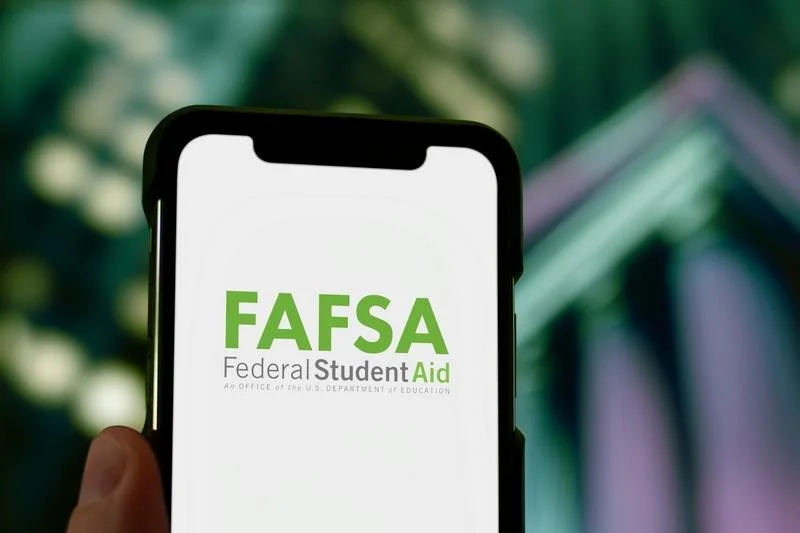Nursing is one of the few careers virtually guaranteed to remain essential. The Bureau of Labor Statistics projects hundreds of thousands of new nursing openings each decade as baby boomers age and hospitals struggle to fill bedside positions.
Yet, as The Hechinger Report recently noted, nursing schools across the U.S. turned away more than 65,000 qualified applicants last year.
2026-2027 FAFSA and CSS Profile Now Open
If you are planning to be considered as a ‘FULL PAY’ (which may help with colleges that practice ‘need-aware’), then STOP reading. But remember, this is a 4-year process in which you are establishing a precedent.
For those planning on filing for financial aid, the FAFSA (Free Application for Federal Student Aid) and, if required by your student’s colleges, the CSS Profile, are now open for students graduating high school in spring 2026 and starting college in fall 2026:
Complete the 2026–2027 FAFSA
That FAFSA will use 2025 tax year income information (the “prior-prior year” rule)
Parent Notes: Assistive Technology & Accessibility
Over the last 20 years, I have noticed that many students with learning disabilities are not diagnosed during their K-12th years, but are receiving undocumented, unofficial accommodations — only to enter college totally unprepared for what awaits them — unaware of their need for accommodations — unaware of the types of technology that could support their academic support and quality of life — not even knowing how to talk about their learning diability. This situation should never happen to a student.
Below are notes taken from a recent webinar with NCCSD and CAST highlighting some of the wonderful tools now available to students who have a wide range of learning needs.
Texas In-State Tuition Eligibility (Effective Fall 2025)
Following the June 2025 federal court ruling that blocked SB 1528, the criteria for establishing Texas residency for in-state tuition have changed significantly. The primary impact is the removal of the affidavit pathway previously used by undocumented students. Texas Public Universities now require documentation of lawful status in addition to meeting Texas residency requirements.




